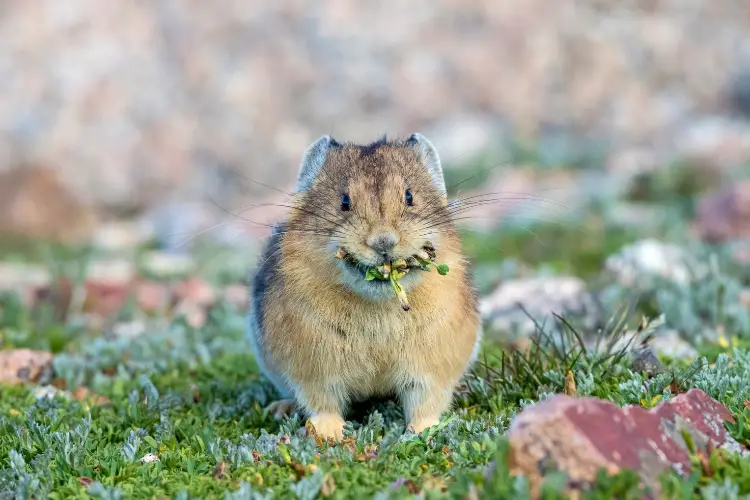The world is home to an incredible array of mammalian species, each playing a vital role in the intricate web of life. However, many of these fascinating creatures are teetering on the brink of extinction, their survival threatened by a multitude of human-induced factors.
In this blog post guide, we’ll delve into the plight of the top 10 most endangered mammals, exploring their unique characteristics, the critical challenges they face, and the urgent need for conservation efforts.
1. Javan Rhino (Rhinoceros sondaicus)
Found exclusively on the Indonesian island of Java, the Javan rhino is one of the rarest mammals on the planet. With a population estimated to be fewer than 70 individuals, this critically endangered species faces an uphill battle against poaching, habitat loss, and the ever-present threat of inbreeding depression.
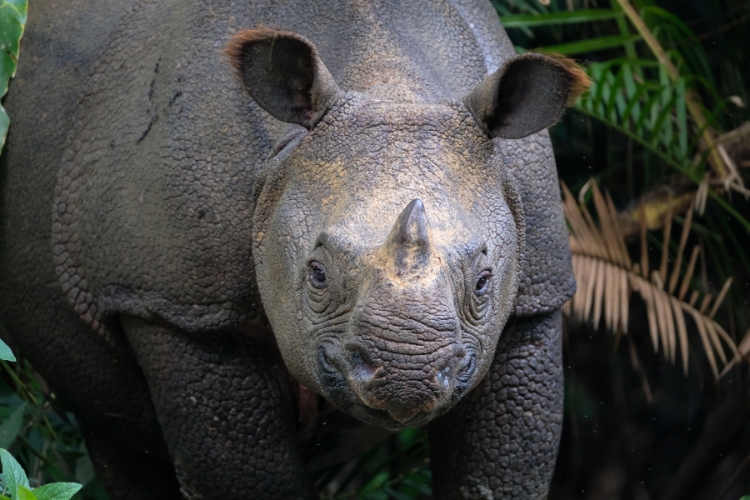
Unique Characteristics
- The Javan rhino is a member of the same genus as the Indian rhino but is considerably smaller in size.
- Its distinctive gray coloration and single horn set it apart from its cousins.
- These solitary creatures are known for their excellent sense of smell and hearing, which aid in their survival in the dense tropical forests of Java.
Threats and Conservation Efforts
- Poaching for their horns, which are highly valued in traditional Chinese medicine, remains a significant threat.
- Deforestation and human encroachment have fragmented their natural habitat, limiting their ability to roam and find mates.
- Intensive protection efforts, including anti-poaching patrols and habitat restoration, are crucial to preventing their extinction.
2. Vaquita (Phocoena sinus)
The vaquita, a small porpoise found only in the northern Gulf of California, is widely regarded as the world’s most endangered marine mammal. With a population estimated to be fewer than 20 individuals, this species is teetering on the precipice of extinction.

Unique Characteristics
- The vaquita is the smallest and most elusive species of cetacean, rarely exceeding 5 feet in length.
- Its dark gray coloration and distinctive facial markings make it easily recognizable.
- These shy creatures are known for their remarkable ability to avoid detection, making them challenging to study and monitor.
Threats and Conservation Efforts
- Accidental entanglement in gillnets used by illegal fishing operations is the primary threat to the vaquita’s survival.
- Efforts to establish a permanent ban on gillnet fishing in the vaquita’s habitat have been met with resistance from local communities.
- International collaboration and immediate action are crucial to protecting this critically endangered species from imminent extinction.
3. Amur Leopard (Panthera pardus orientalis)
Native to the temperate forests of the Russian Far East and northeastern China, the Amur leopard is one of the rarest big cats in the world, with an estimated population of fewer than 100 individuals.

Unique Characteristics
- The Amur leopard is distinguished by its thick, pale coat and widely spaced rosettes, adaptations that help it survive the harsh winters of its habitat.
- These powerful predators are known for their agility, stealth, and ability to navigate the rugged terrain of their range.
- They play a vital role in regulating prey populations and maintaining the ecological balance of their forest ecosystems.
Threats and Conservation Efforts
- Habitat loss due to deforestation and human encroachment has fragmented their already limited range.
- Poaching and illegal wildlife trade continue to threaten the few remaining individuals.
- Intensive conservation efforts, including anti-poaching patrols, habitat restoration, and captive breeding programs, are crucial to ensuring the survival of this majestic big cat.
4. Sumatran Rhino (Dicerorhinus sumatrensis)
The Sumatran rhino, a solitary and elusive species found in the dense tropical forests of Indonesia and Malaysia, is one of the rarest and most endangered rhino species in the world.

Unique Characteristics
- The Sumatran rhino is the smallest of the living rhinoceros species, characterized by its distinctive hairy coat and two horns.
- These forest-dwelling creatures are incredibly well-adapted to their dense tropical habitat, possessing excellent senses of smell and hearing.
- Their role as ecosystem engineers is vital, as they create and maintain vital forest trails and wallows.
Threats and Conservation Efforts
- Habitat loss, poaching, and the ongoing threat of inbreeding depression have pushed this species to the brink of extinction.
- Intensive protection efforts, including anti-poaching patrols and captive breeding programs, are underway to prevent their imminent extinction.
- Habitat conservation and restoration, particularly in areas like the Leuser Ecosystem of Sumatra, are crucial to ensuring the survival of this critically endangered species.
5. Cross River Gorilla (Gorilla gorilla diehli)
Found exclusively in the mountainous region along the border between Nigeria and Cameroon, the Cross River gorilla is one of the world’s rarest and most critically endangered primates.
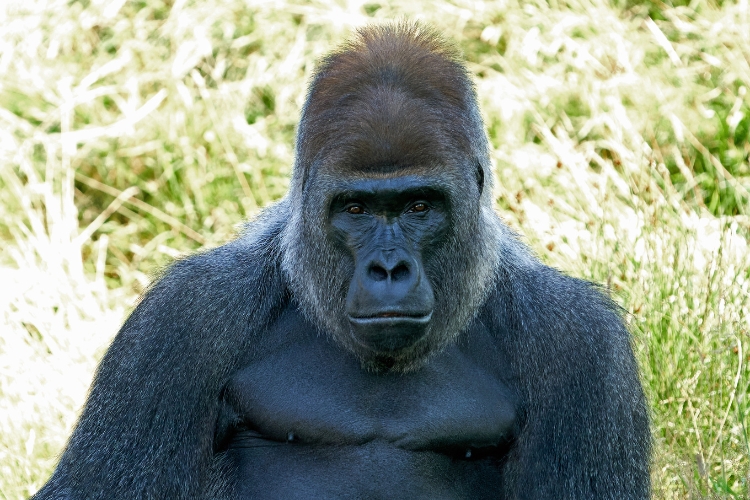
Unique Characteristics
- The Cross River gorilla is a subspecies of the western gorilla, distinguished by its smaller size and slightly different skull and tooth morphology.
- These intelligent and social creatures are known for their complex social structures and gentle nature when left undisturbed.
- They play a vital role in maintaining the health and diversity of the montane and lowland forests they inhabit.
Threats and Conservation Efforts
- Habitat loss due to deforestation, hunting, and human encroachment have severely fragmented their already limited range.
- Small population size and limited genetic diversity make this subspecies particularly vulnerable to extinction.
- Intensive conservation efforts, including habitat protection, anti-poaching patrols, and community education programs, are crucial to ensuring the survival of this unique primate.
6. Saola (Pseudoryx nghetinhensis)
The saola, a rare and elusive bovine species found in the Annamite Mountains of Vietnam and Laos, is often referred to as the “Asian unicorn” due to its striking appearance and rarity.
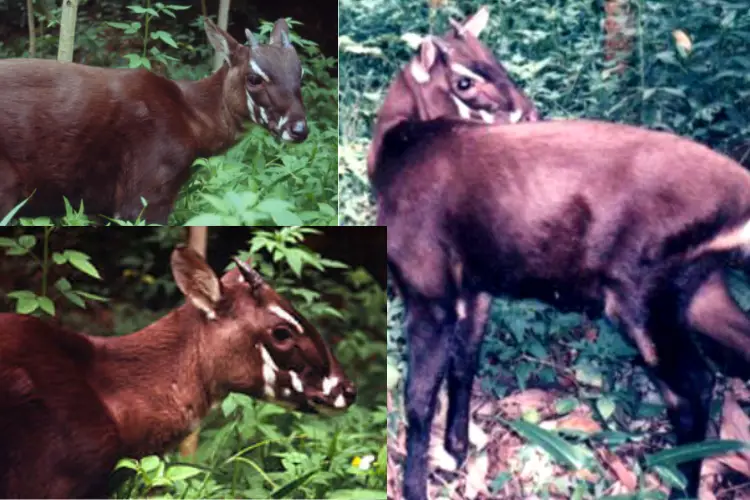
Unique Characteristics
- The saola is a striking and distinctive species, characterized by its two parallel horns and striking white markings on its face.
- These shy and solitary creatures are incredibly well-adapted to their dense forest habitat, possessing excellent senses of hearing and smell.
- Despite their elusiveness, the saola plays a vital role in maintaining the ecological balance of its forest ecosystem.
Threats and Conservation Efforts
- Illegal hunting, habitat loss due to deforestation, and the ongoing threat of the wildlife trade continue to threaten the saola’s survival.
- Intensive conservation efforts, including anti-poaching patrols and habitat protection, are underway to prevent the extinction of this unique and elusive species.
- Collaborative efforts between governments, conservation organizations, and local communities are crucial to ensuring the long-term survival of the saola.
7. Hirola (Beatragus hunteri)
The hirola, also known as the Hunter’s antelope, is a critically endangered species found exclusively in the arid regions of Kenya and Somalia.
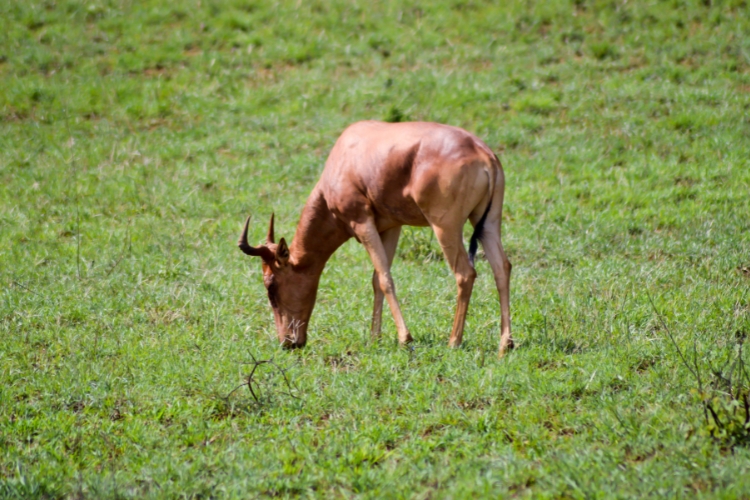
Unique Characteristics
- The hirola is a striking and distinctive antelope, characterized by its long, slender horns and distinctive patterns of white markings on its body.
- These social creatures are well-adapted to their harsh, arid habitat, possessing exceptional water conservation abilities and a remarkable tolerance for high temperatures.
- They play a vital role in maintaining the delicate ecological balance of their savannah and grassland ecosystems.
Threats and Conservation Efforts
- Habitat loss due to overgrazing, drought, and human encroachment has severely fragmented the hirola’s already limited range.
- Competition with livestock and illegal hunting continue to threaten the few remaining populations.
- Intensive conservation efforts, including habitat protection, community education programs, and the establishment of protected areas, are crucial to preventing the extinction of this unique and endangered species.
8. Mentawi Primates (Kloss’s Gibbon, Mentawi Leaf Monkey, and Pig-tailed Langur)
The islands of the Mentawai archipelago in Indonesia are home to three critically endangered primate species: Kloss’s gibbon, the Mentawi leaf monkey, and the pig-tailed langur.

Unique Characteristics
- Kloss’s gibbon is a small, agile ape known for its distinctive vocalizations and impressive brachiating abilities.
- The Mentawi leaf monkey is a striking primate species, characterized by its distinctive facial markings and long, semi-prehensile tail.
- The pig-tailed langur is a robust and striking primate, known for its distinctive pig-like tail and complex social structures.
Threats and Conservation Efforts (continued)
- Habitat loss due to deforestation, hunting, and the ongoing threat of the illegal wildlife trade continue to threaten the survival of these unique primates.
- Intensive conservation efforts, including habitat protection, anti-poaching patrols, and community education programs, are crucial to ensuring the long-term survival of these species.
- Collaborative efforts between governments, conservation organizations, and local communities are necessary to protect these incredible primates and their fragile island ecosystems.
9. Riverine Rabbit (Bunolagus monticularis)
The riverine rabbit, found only in the Karoo region of South Africa, is one of the rarest and most endangered mammals in the world, with an estimated population of fewer than 300 individuals.
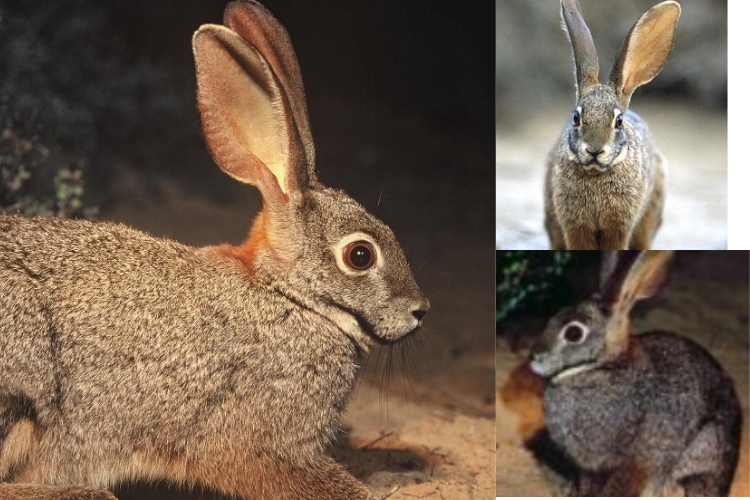
Unique Characteristics
- The riverine rabbit is a small, distinctive species, characterized by its unique adaptations to its arid habitat, including a thick, water-resistant coat and specialized kidneys for water conservation.
- These solitary and nocturnal creatures are known for their remarkable burrowing abilities and their crucial role in maintaining the health of their fragile ecosystem.
Threats and Conservation Efforts
- Habitat loss due to overgrazing, drought, and human encroachment has severely fragmented the riverine rabbit’s already limited range.
- Predation by domestic dogs and other introduced species also poses a significant threat to their survival.
- Intensive conservation efforts, including habitat restoration, predator control, and captive breeding programs, are crucial to preventing the extinction of this unique and endangered species.
10. Ili Pika (Ochotona iliensis)
The Ili pika, a tiny mammal found only in the remote Xinjiang region of China, is one of the most endangered mammals in the world, with an estimated population of fewer than 1,000 individuals.

Unique Characteristics
- The Ili pika is a small, rabbit-like creature, characterized by its distinctive round ears, short limbs, and adorable appearance.
- These solitary and elusive creatures are remarkable for their ability to survive in the harsh, high-altitude environments of their fragile habitat.
- They play a vital role in maintaining the delicate ecological balance of their mountainous ecosystem.
Threats and Conservation Efforts
- Habitat loss due to climate change, overgrazing, and human encroachment has severely fragmented the Ili pika’s already limited range.
- Small population size and limited genetic diversity make this species particularly vulnerable to extinction.
- Intensive conservation efforts, including habitat protection, population monitoring, and community education programs, are crucial to ensuring the survival of this unique and endangered species.
| Species | Estimated Population | Primary Threats | Conservation Efforts |
|---|---|---|---|
| Javan Rhino | < 70 | Poaching, habitat loss | Anti-poaching patrols, habitat restoration |
| Vaquita | < 20 | Gillnet entanglement | Gillnet fishing bans, habitat protection |
| Amur Leopard | < 100 | Habitat loss, poaching | Anti-poaching patrols, captive breeding |
| Sumatran Rhino | < 80 | Poaching, habitat loss | Anti-poaching patrols, captive breeding |
| Cross River Gorilla | < 300 | Habitat loss, hunting | Habitat protection, community education |
| Saola | Unknown | Illegal hunting, habitat loss | Anti-poaching patrols, habitat protection |
| Hirola | < 500 | Habitat loss, hunting | Habitat protection, protected areas |
| Mentawi Primates | Critically low | Deforestation, hunting | Habitat protection, anti-poaching |
| Riverine Rabbit | < 300 | Habitat loss, predation | Habitat restoration, predator control |
| Ili Pika | < 1,000 | Climate change, overgrazing | Habitat protection, population monitoring |
Conserving these incredible and irreplaceable mammals is not only crucial for maintaining the delicate balance of their respective ecosystems but also for preserving the rich tapestry of life on our planet. By raising awareness, supporting conservation efforts, and promoting sustainable practices, we can work together to ensure that these remarkable species are protected for generations to come.

